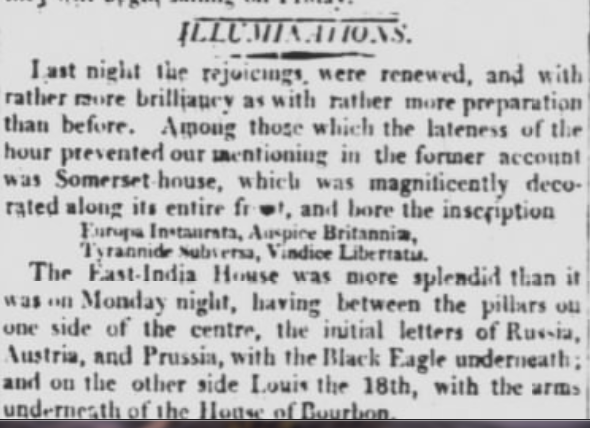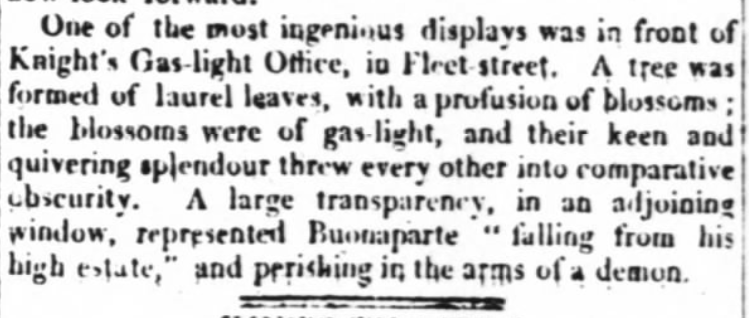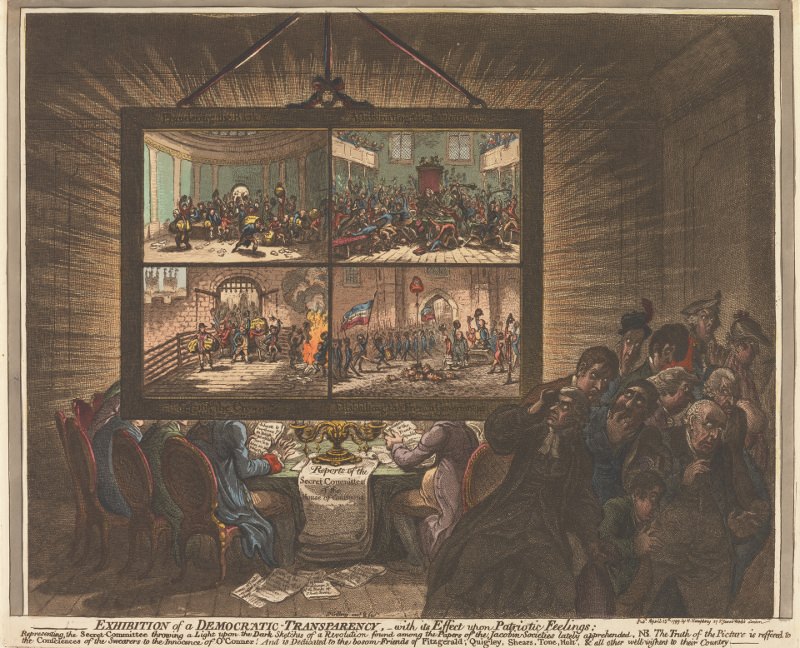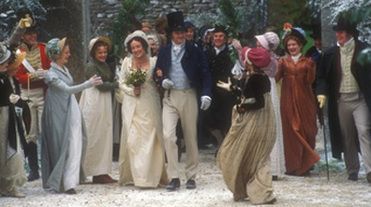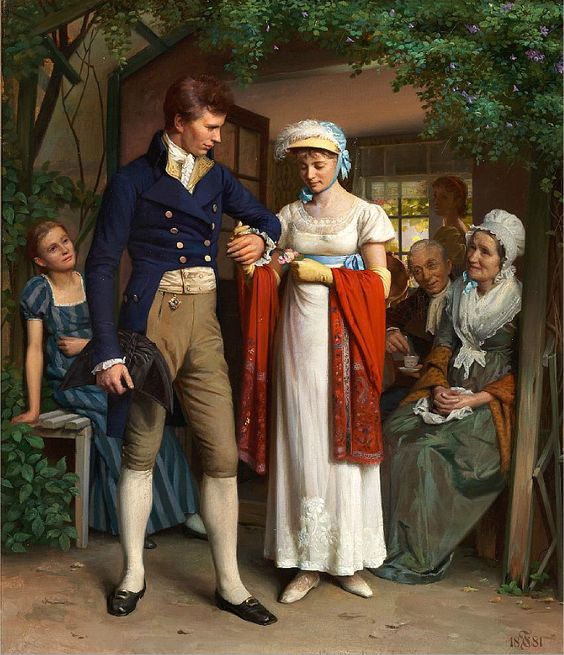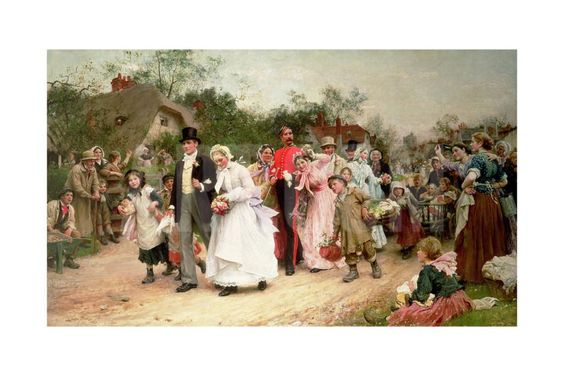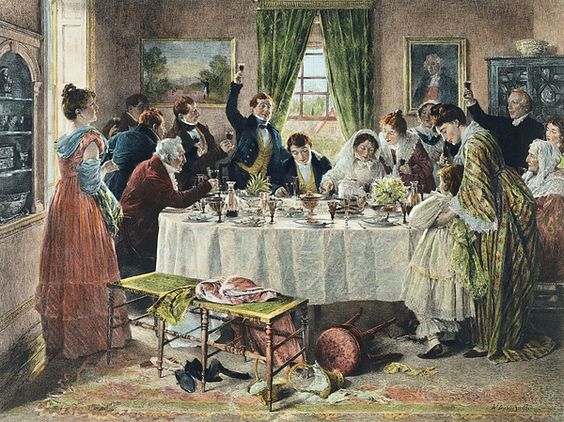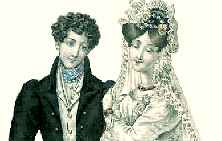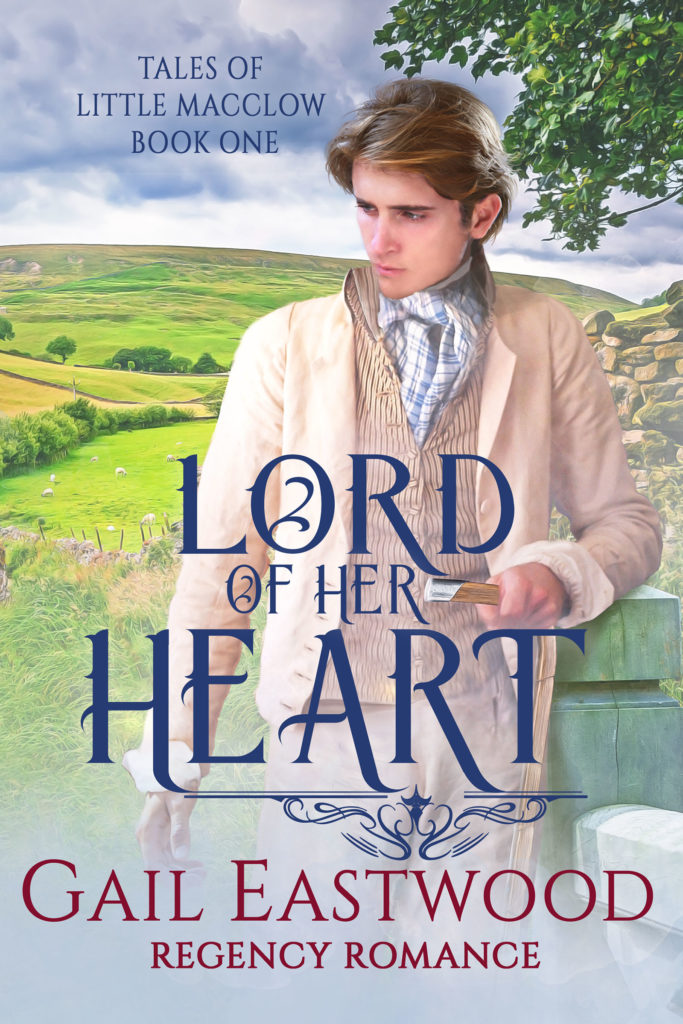
Nothing like a little snow to get one in the mood for winter. I’ve been researching winter activities –not for my current wip, unfortunately, but research is never wasted!! You may find a few things surprising. I did!
I’m pretty sure that snowball fights date back to the very first human experience of snow, and possibly building snow sculptures does, too –what do you think? But many of the other winter activities that we now take for granted developed very specifically in relation to weather and geography in certain locales. Not surprising is the fact that because so much of England had relatively mild winters during the Regency, many of the “winter sports” that we think of today were not so widespread there during the early 19th century. And it turns out that those enterprising Victorians were the ones who started organizing sports, adding things like rules(!!) and formal competitions, for the most part.
Probably one of the first activities you might think of is skating. Skating first developed as a practical means of winter travel in Finland (lots of lakes) and the Netherlands (flat lowlands with lots of water frozen in winter). The word “skates” derives from the Dutch. When the first skaters in London’s St James Park were noted in the 17th century by noted diarists John Evelyn and Samuel Pepys, their footwear was spelled “Scheetes” and “skeates”. Early skates were made of bone, horn, wood, or metal, tied onto shoes and boots. (You can see the straps on the Regency era skates pictured above.)
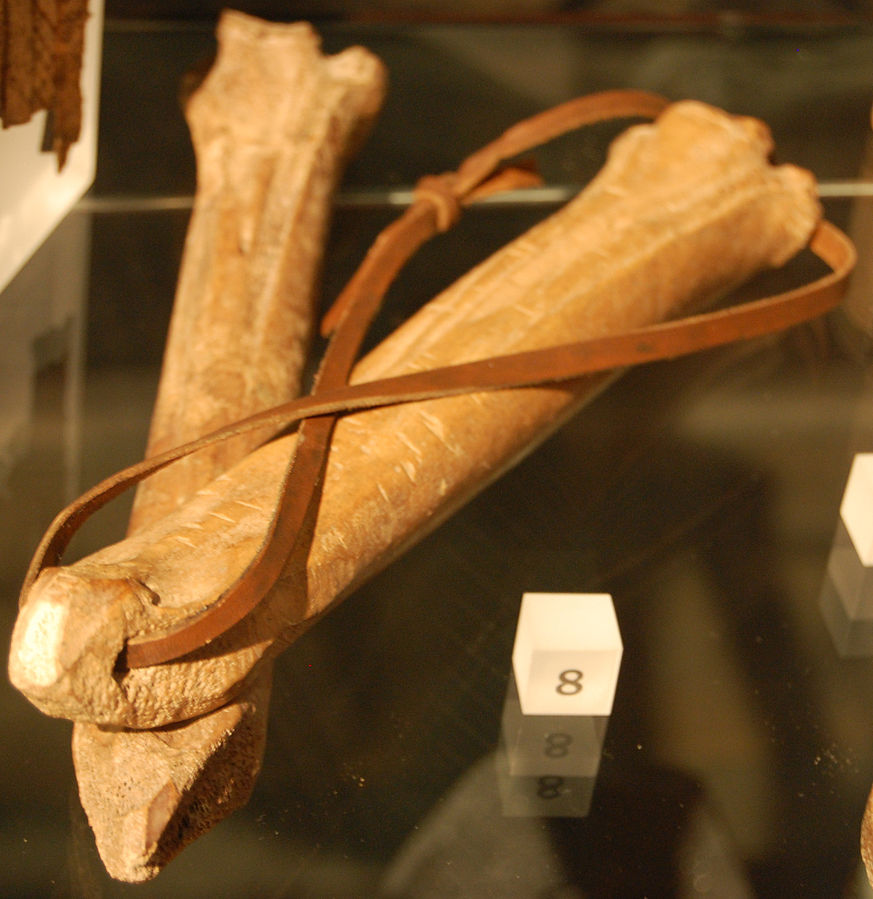
It’s said that even Napoleon Bonaparte was a fan of ice skating. Examples dating to the stone age have been discovered in bogs. The flat, wet fens of England were settled in part by “Hollanders” so it’s no surprise to find skating developed there.
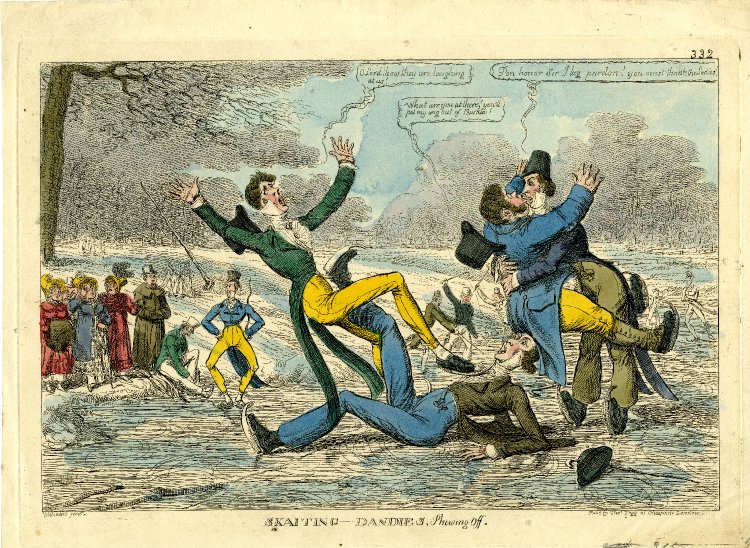
For a time, skating was not considered a proper activity for women, although this varied by location. You can see in the above cartoon the women are (wisely?) huddled on the sidelines. But by the Regency that taboo seems to have relaxed. I do love the picture below, titled “The Timid Pupil.” He looks at her so adoringly and she clearly trusts him, although I don’t know why she isn’t freezing, LOL.
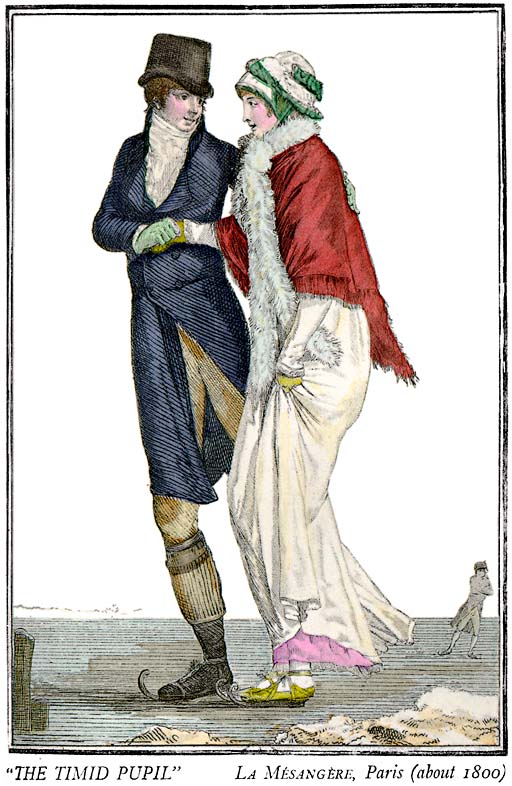
Sledding/sledging also developed first as a practical means of transporting goods and people in snow and ice, especially in Sweden and Norway, but also in Holland. Early examples of sleds and sledges were found in the Oseberg Viking ship excavation. Competition to see whose sled was fastest just seems a natural human instinct. Sledge races are referenced in Norway as early as 1480.
England’s milder climate meant that sledding for recreation was slow to develop there –not having a reliable and continuous supply of snow or ice. If you picture Regency bucks flying down snowy hillsides on sled(ge)s, think again. Sled(ges) were made in every size from those pulled by hand to those pulled by dogs, horses, or oxen, but the design did not evolve much for centuries, and it was cumbersome and very upright.
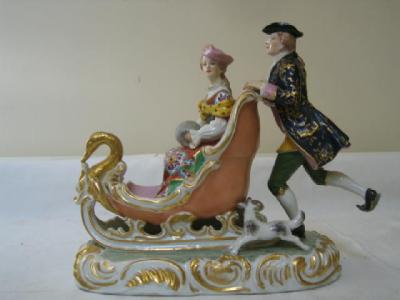
Using small ones to slide down snowy or icy slopes for recreation was called “coasting” in areas where it was done, but it does not seem to have been a regular English Regency activity. The sledges would have been expensive, and the activity no doubt seemed at least very inelegant to most of the fashion conscious, with one notable exception. At the frost fairs held on the Thames, and perhaps in other areas when there was a suitable hard freeze, a large sledge fastened by rope to a central point on sturdy ice would be propelled around in circles for the fun of the occupants.
The type of steer-able, flat wooden sled(ge) with runners that we may think of today was not invented until the 1880’s, and that was also when modern competitive sledding first began (in Switzerland). That is why the villagers who engage in the sledding contest in my Christmas book, Lord of Misrule, have to invent and construct their own contraptions!
Other winter sports that were practiced during the Regency included curling in Scotland (since at least 1511) which was practically a national game by the Regency, and bandy (also known as “shinty” and “shinney”), again in the fens area where people skated. Bandy is a precursor/variant of ice hockey which uses a ball, which seems to date (in England) from at least 1801, although the first recorded organized games there were during the same record-breaking Regency weather in 1813-14 that produced the last Thames River Frost Fair. I’ll take a look at those (and skiing!) in Part 2, next time!

